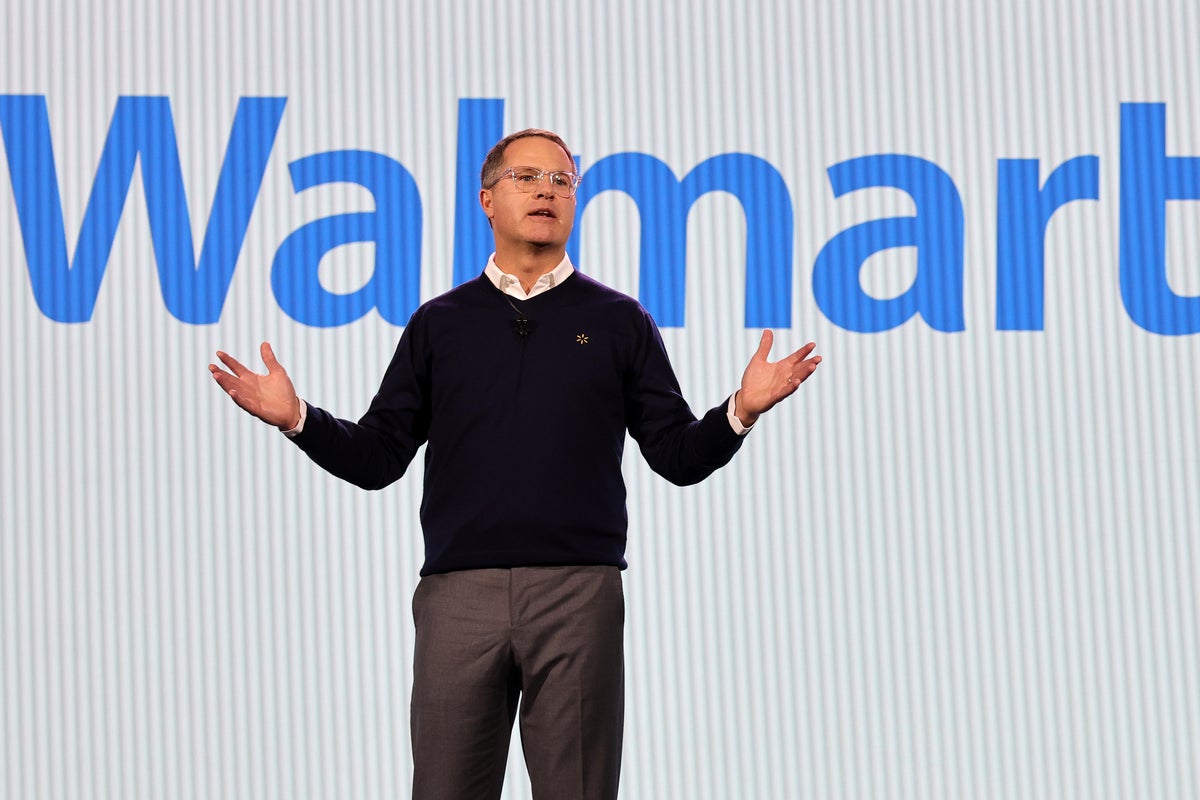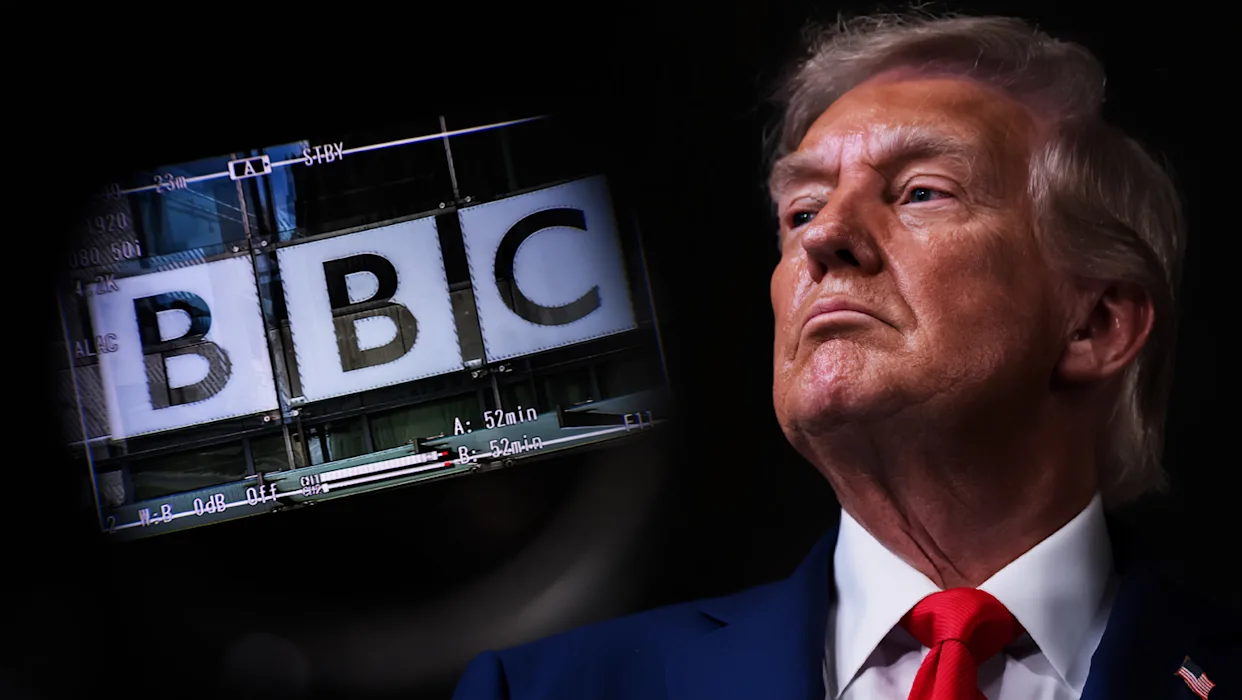Walmart Announces Leadership Shift as Doug McMillon Retires After a Decade of Transformation
Walmart confirmed that chief executive Doug McMillon will retire in January after more than ten years leading the world’s largest retailer. He led it through a period of extensive reinvention, digital acceleration, and a sharpened strategic focus on core markets. The company highlighted that McMillon’s tenure reshaped Walmart’s operations across technology, logistics, and workforce development. This turned a once-defensive retail giant into an increasingly agile player within the competitive online retail landscape. With annual revenue surpassing $670 billion, Walmart’s global operations now include more than 10,000 stores across 19 countries. Thus, leadership continuity becomes a critical factor in its long-term strategy.
John Furner, currently head of Walmart U.S., has been named successor. His appointment reinforces Walmart’s internal-promotion culture and signals a continued emphasis on operational discipline and innovation across digital commerce. Fulfillment efficiency and customer experience are key focuses. Furner is recognized for guiding the U.S. division through some of the most challenging market environments in modern retail history. This includes major supply chain disruptions and inflation-driven consumer shifts. According to Walmart, McMillon will continue as an adviser and board member through June 2026 to ensure a stable transition. The company describes this as an increasingly AI-driven business model.
As Walmart navigates a competitive landscape defined by e-commerce expansion, Fulfillment Center automation, and rapidly changing consumer expectations, the transition comes at a strategic moment. The retailer is reinforcing its strategic roadmap. The company has emphasized how AI tools will play a central role in merchandising decisions, inventory efficiency, and personalized shopping experiences across Walmart’s digital ecosystem. This technological emphasis builds on years of investments in infrastructure and talent. It reflects the broader corporate vision that McMillon helped shape during his tenure. For readers analyzing broader industry shifts, resources such as Walmart Corporate, Walmart Careers, Sam’s Cluby Walmart Connect offer additional insight. They show how the company positions itself for long-term growth.
John Furner Takes the Helm as Walmart Focuses on Digital Acceleration and U.S. Market Strength
John Furner’s appointment marks a leadership evolution that aligns with Walmart’s current priorities. These priorities include accelerating e-commerce, strengthening core U.S. retail operations, and using scale to stabilize prices amid economic volatility. Under Furner’s leadership, Walmart U.S. delivered consistent sales growth. This includes a nearly 5% increase last quarter despite broader signs of consumer caution. The company also navigated dramatic tariff shifts earlier this year. It leveraged its volume to mitigate cost burdens for shoppers. His strategic decisions positioned Walmart as a more resilient competitor against both brick-and-mortar rivals and digital-native marketplaces.
Furner’s trajectory within Walmart reflects a long-term cultural commitment to internal development. He began his career on the sales floor and advanced through merchandising and leadership roles. Eventually, he took charge of the U.S. business in 2019. His leadership style combines operational pragmatism with forward-looking digital strategy. Thus, he becomes a natural successor for a company undergoing accelerated technological transformation. Walmart credits him with stabilizing large-scale logistics challenges during the pandemic. He improved inventory strategies and delivered operational discipline through price-focused initiatives. AI-supported supply chain planning also played a part in this.
Financial markets reacted cautiously to the announcement, with Walmart shares opening approximately 2% lower before recovering part of the decline later in the session. Investors are closely watching how Furner will balance Walmart’s aggressive digital ambitions with its sprawling global footprint. This footprint includes divesting parts of its international portfolio to strengthen its core retail segments. With Walmart’s growing emphasis on omnichannel integration, pickup and delivery expansion, and AI-driven customer experience, the company signals that Furner’s experience is well aligned with its next stage of growth.
A Strategic Transition Poised to Shape Walmart’s AI-Driven Retail Future
Walmart’s leadership transition is unfolding during a pivotal moment in the global retail sector. Companies now combine technology, logistics optimization, and consumer personalization to define the next decade of competition. McMillon’s tenure has been marked by ambitious investments in eCommerce, marketplace expansion, and digital fulfillment networks. This reshaped Walmart’s trajectory and improved overall financial resilience. His push to modernize operations accelerated the company’s shift toward automation, data-driven decision-making, and omnichannel convenience. These actions ultimately strengthened Walmart’s ability to compete with major online marketplaces.
As Furner prepares to assume full leadership responsibilities, the company emphasizes continuity rather than disruption. McMillon will continue advising during the transition, supporting Furner as Walmart deepens its commitment to AI-enhanced retail solutions, workforce modernization, and scalable logistics systems. These are designed to meet evolving global demand. This transition extends beyond a change in executive titles. It signals Walmart’s ongoing adaptation to the increasingly digital, fast-moving retail environment that defines the modern consumer economy.
Walmart’s next chapter appears poised to integrate technology more deeply into every layer of its operations. This includes supply chain automation and app-based customer interactions. Its strategic investments and internal promotions demonstrate a long-term vision. The vision leverages experience, innovation, and scale. This ensures that the company remains a dominant force in global retail as it moves into the next stage of its transformation.







